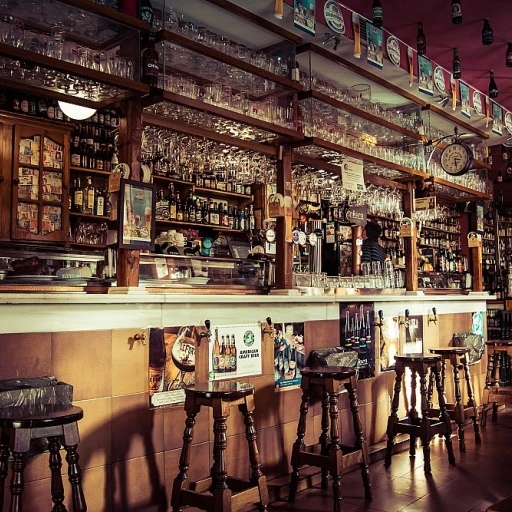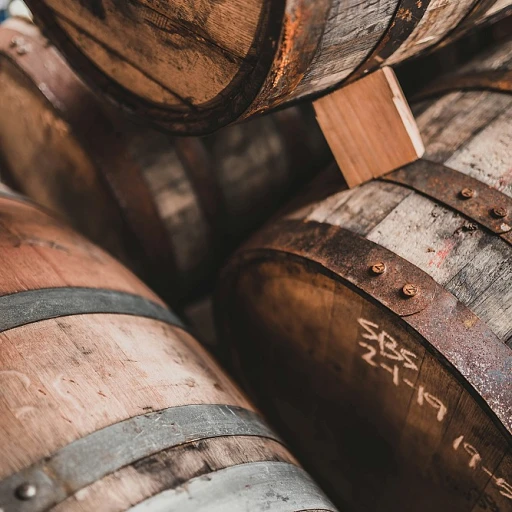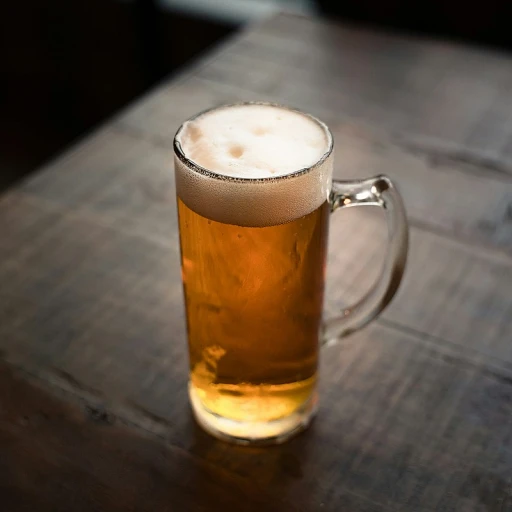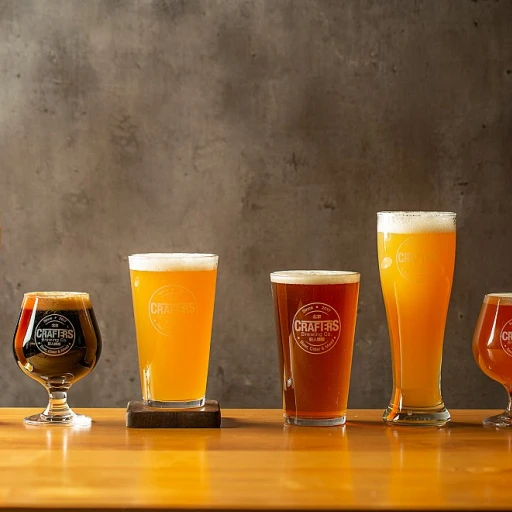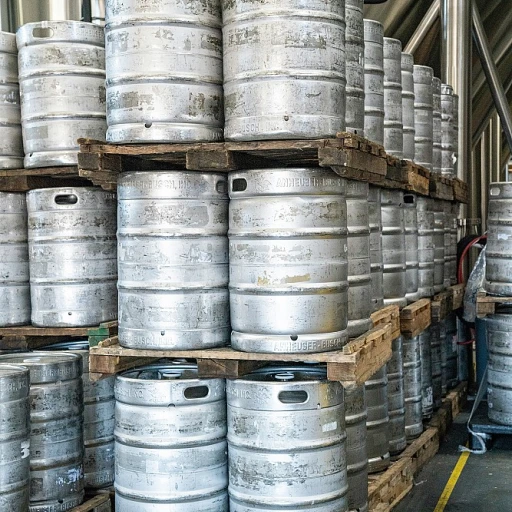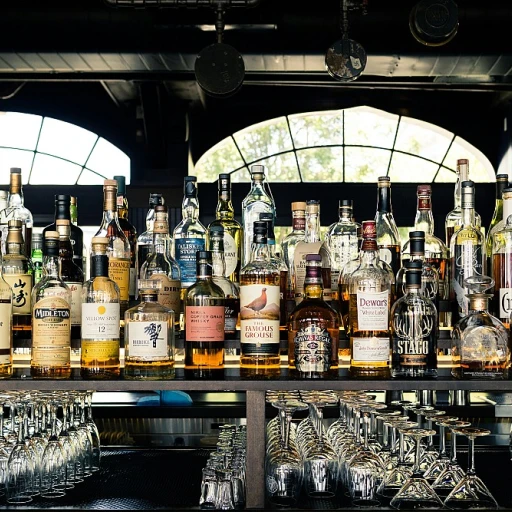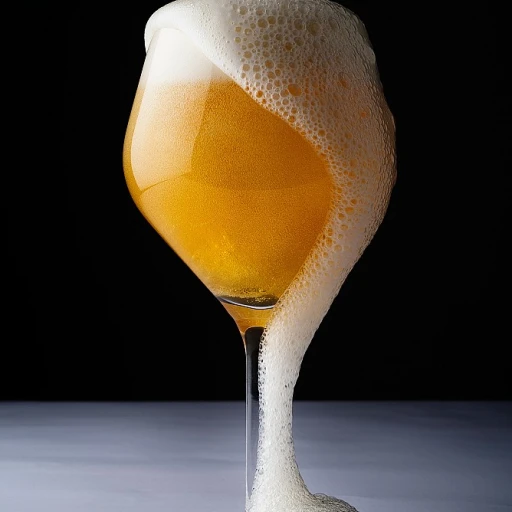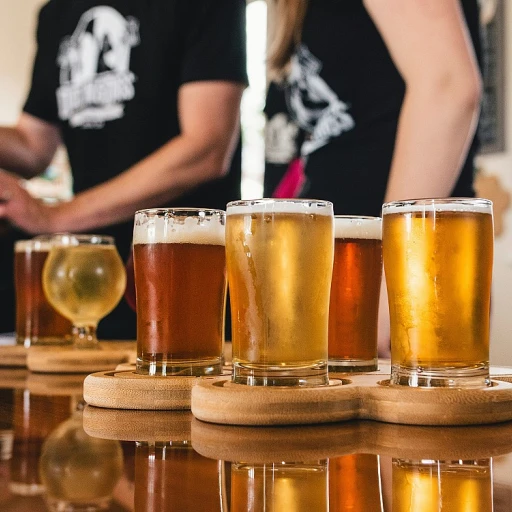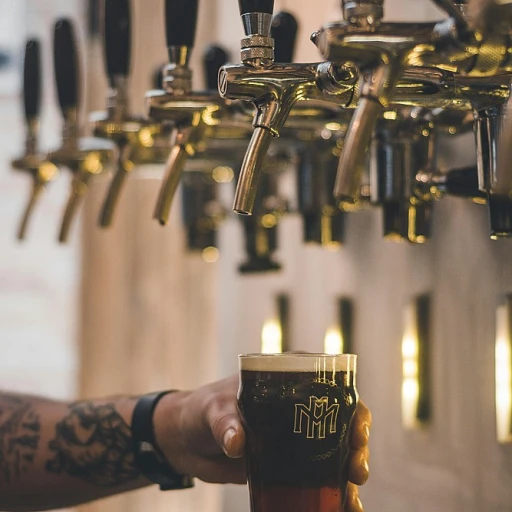
The Origins of Guinness's Dark Color
Tracing the Roots of Guinness's Iconic Shade
The rich, dark color of Guinness is a defining characteristic that has intrigued and captivated beer enthusiasts around the world. To truly understand how this legendary stout achieved its distinct hue, we need to journey back to its origins in Ireland. Historically, the unique coloration of Guinness can be attributed to the choices made by its founder, Arthur Guinness, when he established the brewery in Dublin. He drew inspiration from the English-style porter, a popular beer style at the time, which was notably darker than many other beers. The traditional use of roasted malted barley created a depth of color and complexity that set these beers apart. Guinness's cloak of darkness was further solidified with a brewing process that emphasized the toasting of barley, a technique that continues to play a pivotal role in producing the beer's characteristic color and flavor profile. For those exploring the flavors of an Irish pub menu featuring stouts, the dark appeal of Guinness is undeniably part of its allure. Learn more about this allure in the explore the flavors of an Irish pub menu featuring stouts article. As Guinness evolved over the centuries, it effectively cemented its place in history not only as a symbol of Irish brewing tradition but also as a testament to the power of craftsmanship in creating a beer with genuine character and an unmistakable appearance. This depth of color continues to distinguish Guinness in the vast and varied landscape of today's beer scene.The Brewing Process: From Barley to Pint
The Journey of Barley to Guinness's Signature Darkness
Guinness's iconic dark color is a result of meticulous brewing processes that emphasize the careful selection and roasting of barley. Unlike most beers, Guinness employs a unique technique in which the barley is expertly roasted, almost similar to coffee beans. This roasting confers the beer its distinctive dark appearance and imparts the deep, rich flavors that aficionados have come to cherish.
In the malt house, barley grains are moistened and allowed to germinate, which is then followed by drying. What sets Guinness apart is the next step, where a portion of the barley is 'kilned' to a specific degree. This roasting process not only gives the grains their unique color but also adds those famous coffee and chocolate notes that you taste in every sip of Guinness.
This roasted barley is then combined with other ingredients such as water, hops, and yeast, which all contribute to the beer's complex flavor profile. The brewing team at Guinness employs their time-honored expertise to ensure each batch meets their rigorous standards, maintaining the consistency that delivers the recognizable taste and appearance.
If you're curious about how other dark beers compare, make sure to explore the varieties of dark beer. You'll find that Guinness stands as a testament to craftsmanship and tradition in the beer industry.
The Role of the Guinness Brewery in Dublin
Dublin's Brewing Landmark and Its Impact on Guinness's Dark Stout
The Guinness Brewery in Dublin, Ireland, stands as an iconic landmark not only for its history and architecture but also for its profound influence on the brewing and crafting of the famously dark Guinness stout. Located at St. James's Gate, this historic site has played a crucial role in shaping the beer's distinctive characteristics over the centuries. Guinness's deep, dark color is achieved through a meticulous brewing process that has been honed and perfected within the storied walls of the Dublin brewery. The unique roasting methods and precise control over temperature and time are critical factors in achieving the profound color that Guinness is renowned for. Moreover, the brewery's commitment to quality and tradition ensures that each pint of Guinness maintains its signature flavor, texture, and appearance. The well-guarded recipe, combined with the local water source from the Wicklow Mountains and high-quality ingredients, lends an unmistakable character to Guinness that is difficult to replicate elsewhere. The Dublin brewery also serves as a beacon of innovation and development within the beer industry. By consistently maintaining its heritage while incorporating modern brewing techniques, Guinness has upheld its status as an iconic stout, influencing both local brewers and those around the globe. If you delve further into the rich flavors of Weihenstephaner Dunkel, you'll find parallels in how regional characteristics can define a beer's personality, much like Guinness's origin in Dublin influences its legendary stout.Tasting Notes: What Makes Guinness Unique
Flavor Profile and Sensory Experience
Guinness's distinct flavor profile is one of the most celebrated aspects of this iconic beer. As we discussed earlier, the use of roasted barley during the brewing process is key to developing its signature taste. When you take your first sip, you'll immediately notice the harmonious blend of coffee and chocolate notes. These flavors come from the carefully roasted malts, imparting a delightful bitterness that perfectly balances the beer's natural sweetness. The creamy texture of Guinness is another standout feature. This characteristic mouthfeel is achieved through a unique nitrogen infusion process, which creates a smooth, velvety foam that lingers on the palate. The dense, creamy head adds an extra layer of richness and enhances the overall drinking experience.The Legendary Pour
Part of the charm of enjoying Guinness is the precision in its pour. Stout enthusiasts will tell you that the perfect pint of Guinness requires a specific technique to ensure the ideal texture and appearance. The ritual of the multi-step pour—tipping the glass at a 45-degree angle, allowing it to settle, and topping it off—has become an essential part of appreciating this beer. The pour, combined with the premium ingredients and meticulous brewing process, contributes to Guinness's reputation as a timeless classic. The intricate dance of bubbles, aroma, and flavors make this a truly unique beer experience, cherished by aficionados around the globe.Guinness in Today's Beer Scene
The Dark Legacy in Modern Beer Culture
Guinness stands tall and proud in today's beer scene as a symbol of heritage and innovation, maintaining its iconic stature. Its distinctive dark hue and creamy texture continue to be celebrated worldwide, attracting beer aficionados and casual drinkers alike.- Craft Beer Influence: The rising popularity of craft beers has led to an increased appreciation for unique flavors and traditional brewing methods. Guinness, with its rich brewing history and time-honored techniques, has become a benchmark for quality. Enthusiasts often seek out Guinness as a prime example of how dark beers should be crafted.
- Global Reach: Guinness’s reach is not limited to Dublin or even Ireland. Its availability in bars and pubs across the globe has helped it maintain relevance, especially as it adapts to various markets. The brewery’s focus on consistent quality has ensured that wherever you sip it, a pint of Guinness remains a taste of its homeland.
- Innovations & Variants: In recent years, Guinness has launched several new products, attracting a wider audience and cementing its place in the rapidly evolving beer market. Notable among these are its limited-edition and experimental brews that still pay homage to its dark origins.




